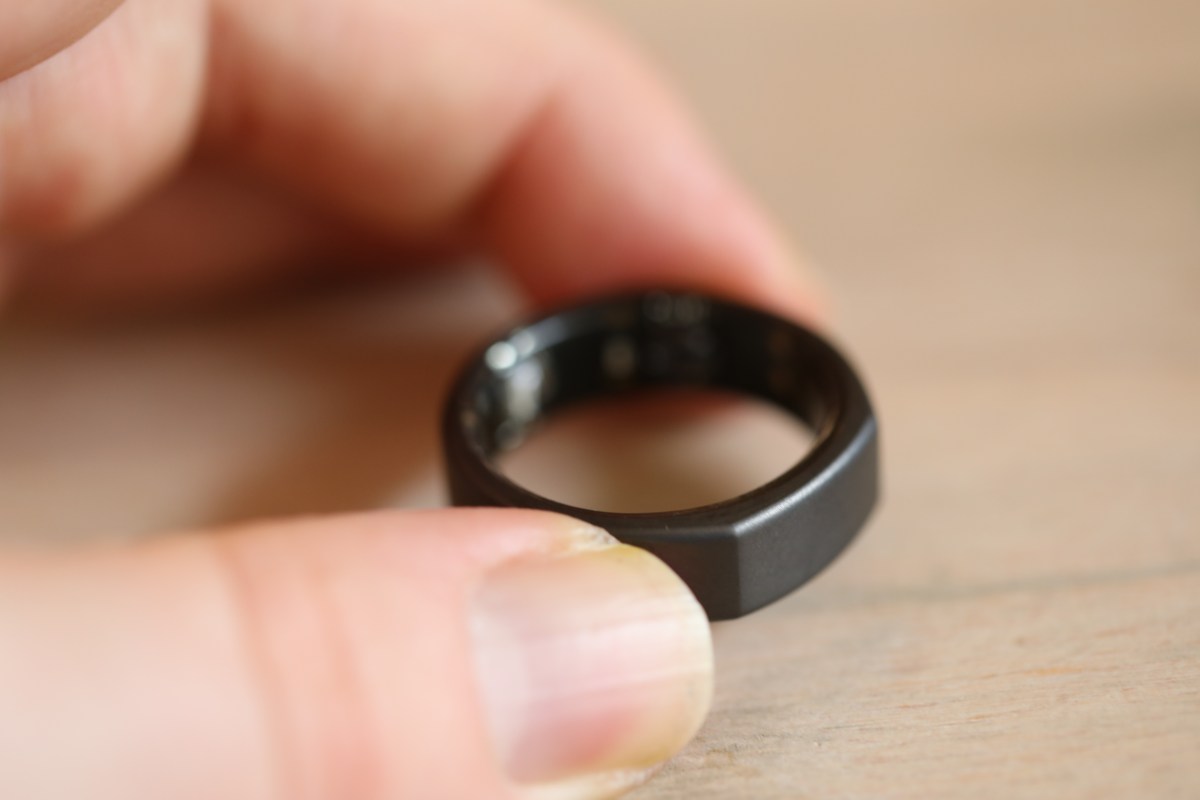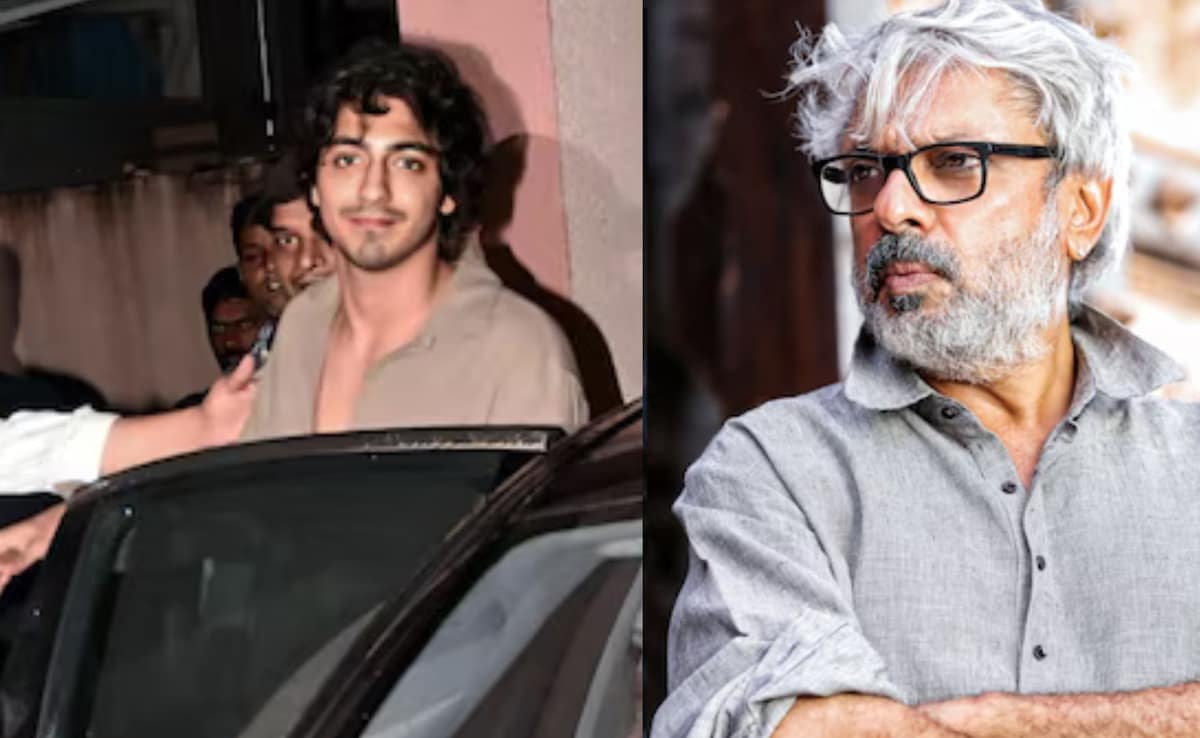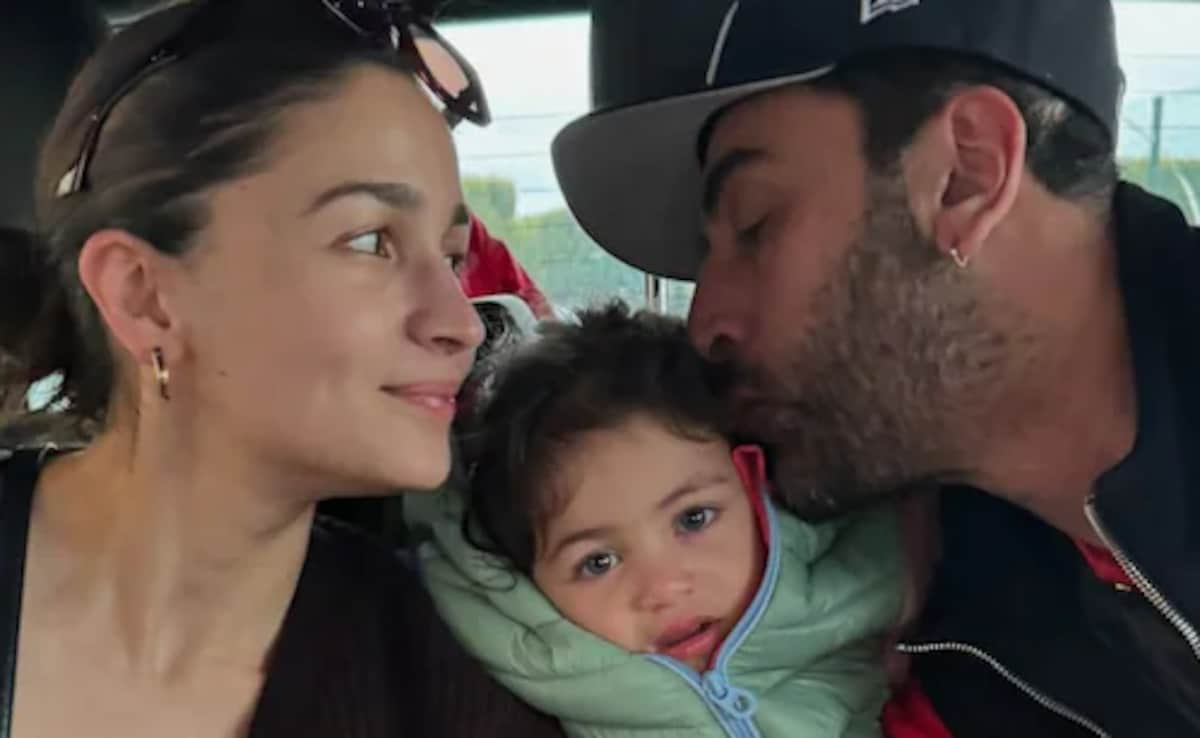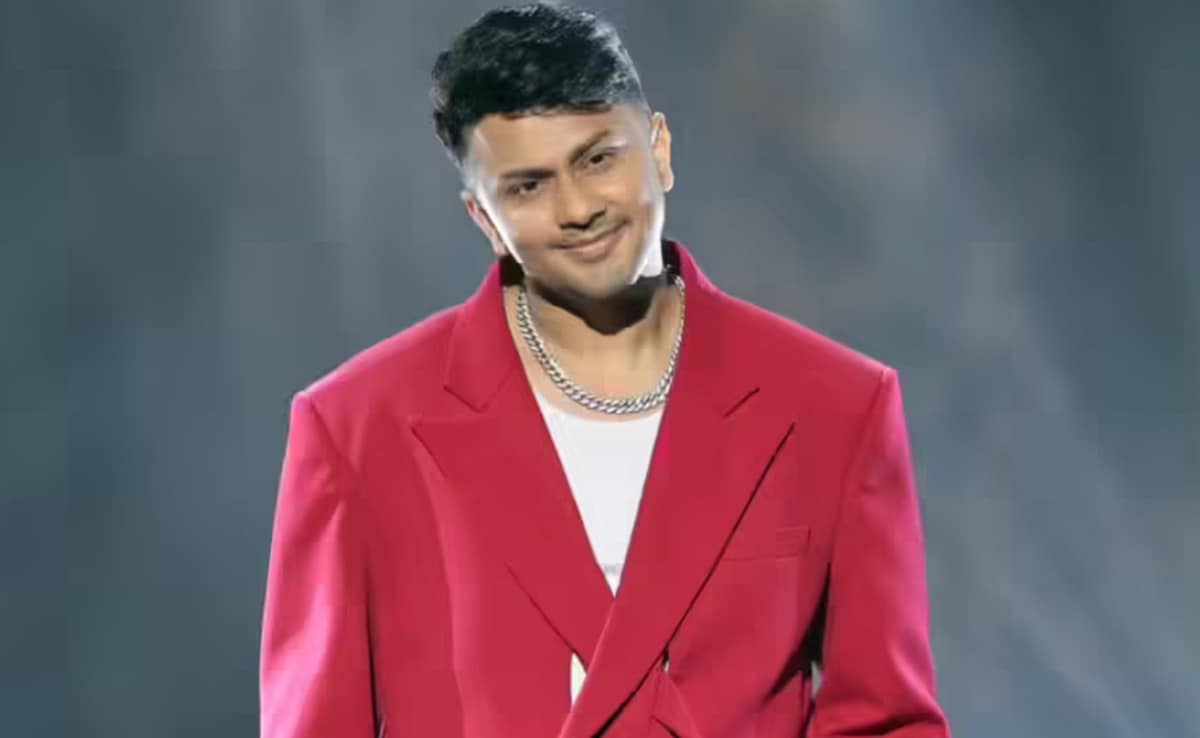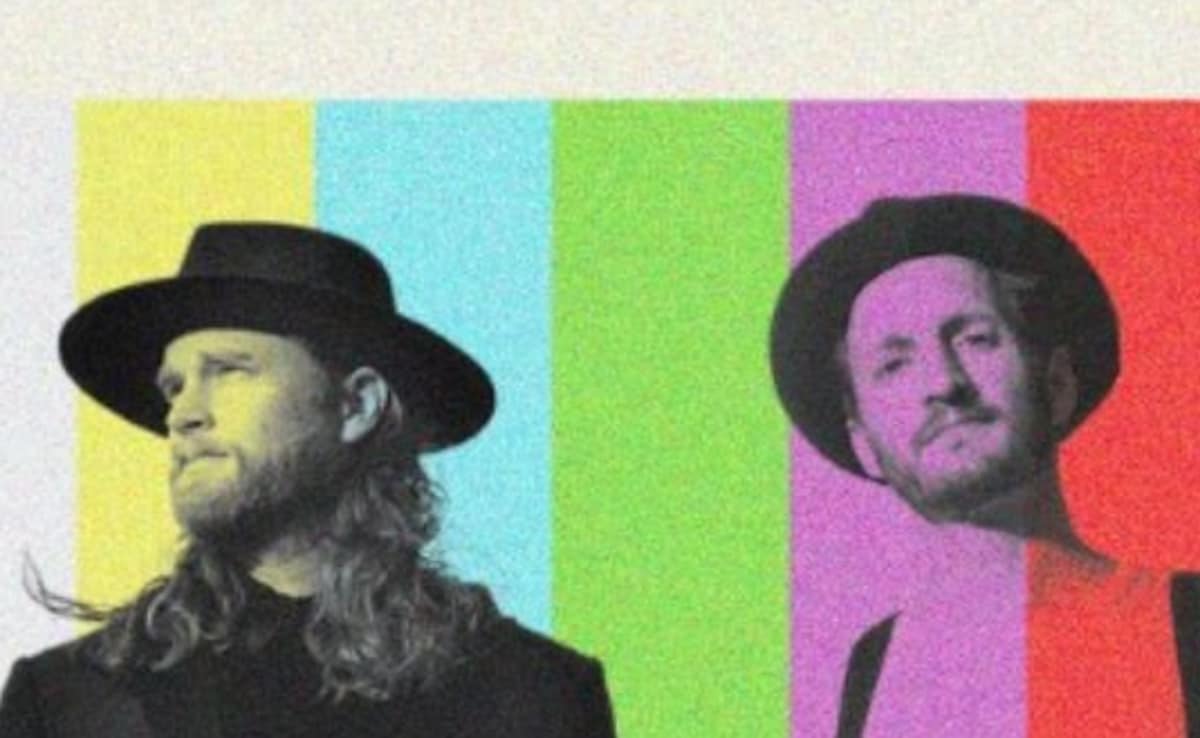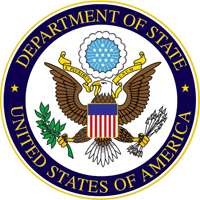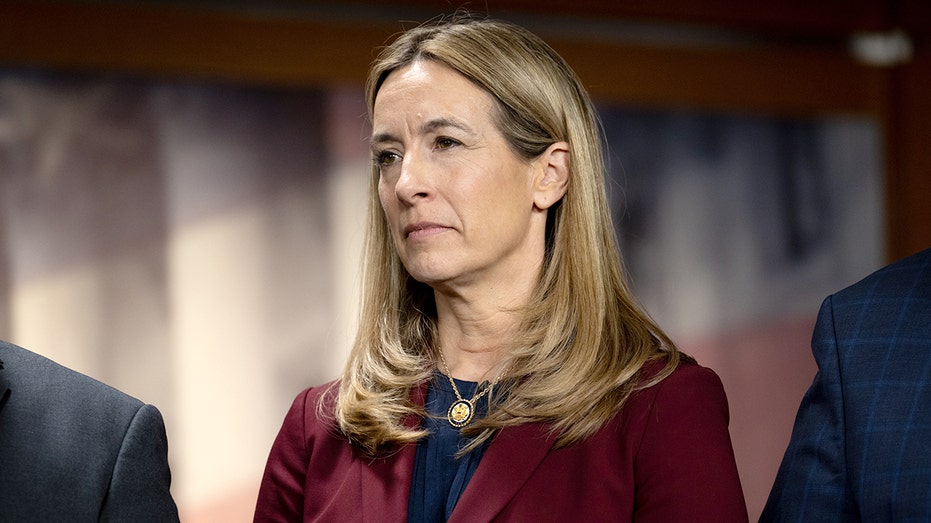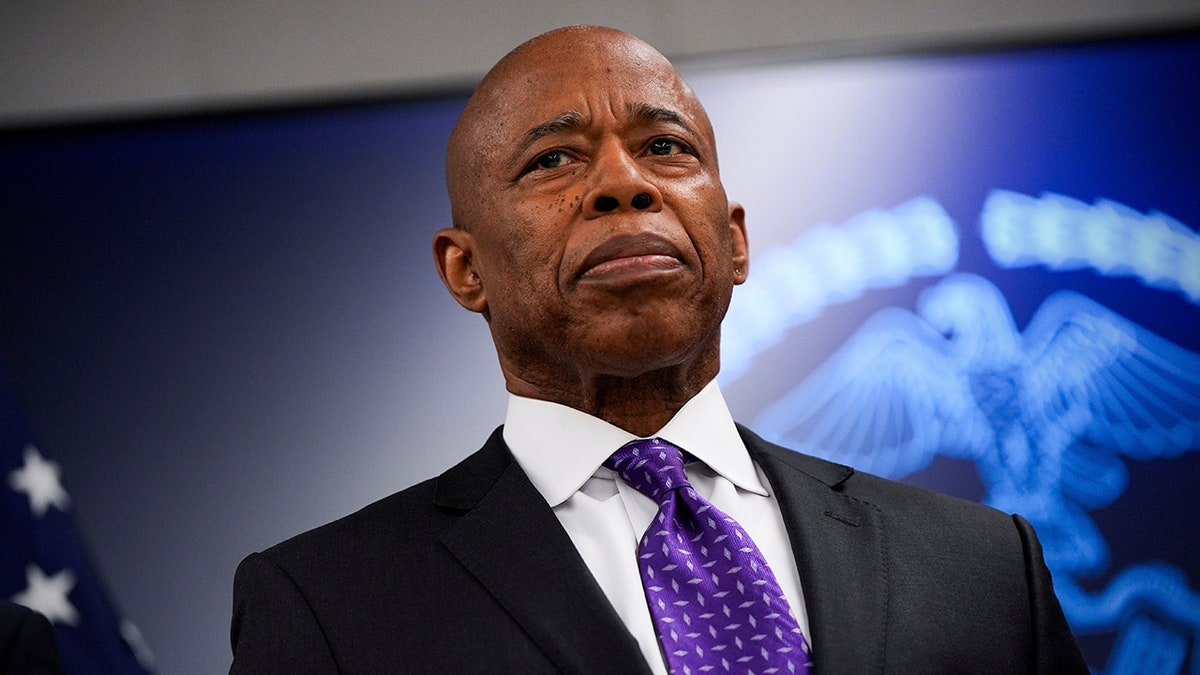The Gen Z newsroom covering Europe (and ruffling some continental feathers along the way)

Long before the launch of The European Correspondent, there were just two friends, one in Amsterdam, one in Basel, swapping news updates from their corners of the continent. As they traded headlines back and forth, the thought dawned on them — hey, wouldn’t it be great to have friends all over Europe, sharing news just like this?
So they started a daily newsletter, recruited a stable of unpaid volunteers from every country in Europe, established a Swiss business association, and got to work on their pan-European venture.
The idea was simple: tap an on-the-ground correspondent in, say, Yerevan to unpack local stories with universal themes for readers in Berlin, Paris, Kyiv, and London — like a write-up on 50-year-old parents turning to fertility clinics after losing children in the Nagorno-Karabakh conflict, all in a tight 300 words, newsletter-friendly and easily digestible.
“We were not sure if there was an audience that wanted this kind of journalism,” said co-founder Carla Allenbach. “But we like it, so let’s try it out.”
What happened next is a journalism Cinderella story. Just three years later, the outlet now boasts 70,000 daily subscribers, €2.16 million in funding from the European Commission, a roster of 140 contributors, and an ambitious vision to transform European journalism and expand to six languages.
For this young, scrappy newsroom of recent college graduates, freelancers, and local journalists who’ve never had a byline outside their home country, the funding is a recognition of their arrival onto Europe’s media landscape.
But, like all Cinderella stories, there’s an urgent carriage-to-pumpkin timeline looming. The funding dries up in two years, and they’ll need to quickly find a path to self-sustainability in order to keep the lights on. They hope to raise €1 million a year through a combination of additional grants, advertisements, and, ideally, support from readers.
“Now we have to step up the game even more,” said editor Liene Lūsīte, who’s been with the team since 2022. “This is real. No more games.”
Building the network
At first, no one wanted to invest in The European Correspondent. Grant applications to Stiftung Mercator, the Allianz Foundation, and Stiftung für Medienvielfalt — all reliable go-tos for European media funding — were rejected.
So they relied on volunteers, putting out advertisements for unpaid correspondent roles. In lieu of compensation, they ensured each contributor would have a picture associated with their stories, built them portfolios, granted them press cards and accreditations, offered abundant leadership opportunities, and tried to throw their institutional might behind people however possible.
(For transparency, last year, I was one such contributor, frustrated when a feature pitch wasn’t landing with legacy outlets and willing to forego payment to host my piece somewhere.)
“Yeah, you’re volunteering. Yeah, sure, your entire Thursday goes away because you’re editing. But while you’re a student, that’s easy to do,” said Lūsīte. “So the platform is that you can experiment. You can try out things, and you can pitch, and they listen because we’re building it together. So that was the excitement that kept us there.”
Lūsīte was quickly promoted from a Latvian correspondent to a regional lead for Northern Europe; in the newsletter’s early days, it took a slightly awkward regional approach, so that each day readers saw news from a different part of Europe. It also focused heavily on aggregating the biggest stories from various countries instead of original reporting.
“It felt more like homework reading our newsletter,” Allenbach said. “We have to find the stories that are relevant no matter where you are as a European or someone interested in the continent, without having prior knowledge about this country’s context politically or socially.”
As they tweaked their formula, looking for what resonated with subscribers, readership grew. What started as a respectable subscriber base of 2,000 (a not insignificant portion of which was comprised of contributors’ friends, parents, and grandparents) more than doubled after a small grant financed a digital advertising push on Facebook and Instagram. They also scaled down their publishing frequency, ceasing weekend editions.
Inspired by other newsletter success stories like Morning Brew and 1440, both of which used a similar strategy, the team doubled down, using loans to pay for more and more Meta ads. Though they had a homepage and eventually added a searchable archive and an app, the engagement strategy remained squarely focused on growing newsletter subscribers.
It paid off. After less than two years of publishing, they had 50,000 subscribers and a track record to start courting funders.
A Gen Z newsroom
Everything changed when the European Commission grant arrived.
Long-term volunteers started receiving part-time salaries. A Brussels office opened. And a crystal-clear mandate to “deliver comprehensive coverage of European affairs in six European languages through newsletters, investigations, podcasts, and videos” arrived.
Once the 24 months of funding expires, the team has a three-pronged plan of attack: reader revenue, ads, and grants.
So far, they’ve made more than €102,000 from individual donors, with average contributions around €10. This year alone, they received more than €43,000 from 4,525 individual donations, after asking for €5-a-month pledges. A book of their data visualizations sold 1,000 copies and raised about €13,000.
They’ve also brought in €38,000 thanks to their strategic partnerships team and a U.S.-based ad agency. Plus they’ve received several other grants, including ones from the International Press Institute, the European Cultural Foundation, and the European Centre for Digital Action.
They say they’ll look for other grants that fit their mission, “but we won’t chase funding that forces us off track.” They also promise not to accept advertising dollars from fossil fuels or tobacco, which means “saying no to big money. But we’re not here to sell out. We’re here to report.”

The co-founders of The European Correspondent: Julius Fintelmann, Carla Allenbach, and Philippe Kramer.
If there’s a detectable flavor of Gen Z audacity and idealism in this financial plan, that’s by design. The three founders clock in at ages 23, 26, and 31 and the correspondents are mostly in their 20s and 30s. The newsroom proudly positions itself as a youthful disruptor to the old guard of European media.
Their punchy tagline: “European journalism is under construction.”
Of course, The European Correspondent is not the first outlet to cover the European continent, and it’s these lofty proclamations that have ruffled feathers among the old guard.
Matthew Karnitschnig, the editor-in-chief of competitor Euractiv, wrote a column lambasting the European Union’s choice to “flush taxpayer money down [the] tubes by funding outlets that have little chance of survival without substantial public support.”
He goes on to call editor-in-chief Julius Fintelmann, the youngest of the co-founders, “an earnest young German-born journalist best known for his pensive profile pictures and impressive turtleneck collection.”
“As The European Correspondent’s editor, E.O. Fintelmann will hold primary responsibility for ensuring that the €2.2 million is spent wisely,” Karnitschnig wrote. “European taxpayers can expect that E.O. Fintelmann has the requisite experience to undertake such a mission and that it’s a serious news organization, right?” before listing out Fintelmann’s credentials and deriding the organization’s “grandiloquent mission statement.”
The team of upstarts retort that their grant award specifically promises editorial independence and see themselves occupying a much different lane than Euractiv and Euronews, with whom they share a Brussels home base.
“When I read it and I compare it to others, it has more migration, it has more about mental health. It has also more climate from a different angle somehow. More hopeful coverage without cynicism,” Allenbach said. Their competitors, she said, are focused on a professional audience of policy wonks who read the news for their work.
They’ve tackled non-traditional stories, from a voice-y, on-the-ground, diary-style dispatch on protests in Turkey, headlined, “How Türkiye almost became an autocracy in seven days” to a meta-level investigation into how global demand for Norwegian salmon and Spanish tomatoes is reshaping migration and resource extraction from Africa.
While the staff are young, the readers are not. According to the outlet’s demographic data, a third of its readers are between the ages of 18 and 34, a third are 35 to 50, and a third are older than 50, with jobs ranging from sommelier to bricklayer to hairdresser from all over the continent.
This year, they plan to expand coverage to German, and next year will add French, Spanish, Italian, Polish, and Ukrainian versions.
“It’s still completely incomprehensible to me. We can keep adding different formats, new people. That’s all possible, so I’m super excited to see where we go,” Lūsīte said.
She cut herself off, asking with a chuckle, “We do sound insanely positive about this, don’t we?”
Pausing, she clarified: “We are.”
Josh Axelrod is the author of the Nature Briefing: AI and Robotics newsletter and a 2023–24 Fulbright journalism scholar based in Berlin. His reporting has appeared in outlets including Wired, NPR, Mother Jones, and The Boston Globe.
What's Your Reaction?
 Like
0
Like
0
 Dislike
0
Dislike
0
 Love
0
Love
0
 Funny
0
Funny
0
 Angry
0
Angry
0
 Sad
0
Sad
0
 Wow
0
Wow
0













